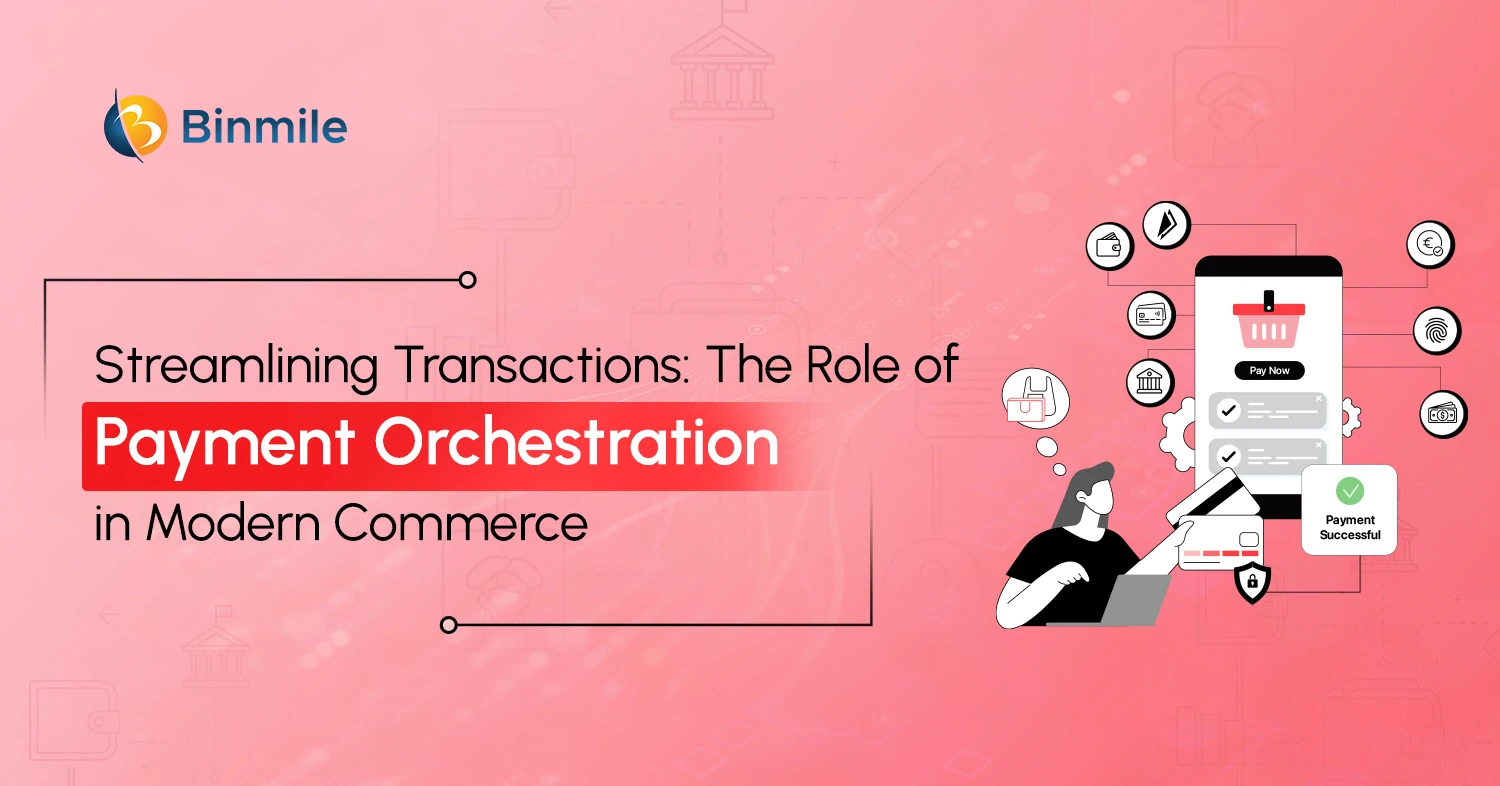The retail industry is undergoing a digital transformation, driven by many emerging technologies that are redefining the shopping experience. These technologies such as AI, ML, generative AI, or AR/XR offer speed, agility, and efficiency. Today’s retail businesses have changed every part of the shopping experience from browsing to checkout. The retail landscape is becoming more complex by the day with the growing rise of e-commerce and the demands of an increasingly discerning consumer base. Among these innovations, digital twin technology stands out as a powerful tool that is reshaping the way retailers operate and interact with customers. A digital twin leveraging AI and IoT creates a digital replica of anything, be it a physical object, person, system, or process, and then contextualizes it in a digital version of its environment.
While doing so, digital twins technology in retail is helping retailers simulate real situations and their outcomes, ultimately allowing them to make better decisions. Therefore, retailers who intend to adapt and optimize operations and gain a competitive advantage are leveraging the technology. So, if you’re wondering how the digital twin is not only helping them understand the millions of data points in stores, but it’s doing more. Suppose the technology also empowers them to transform these raw data points into usable insights and improve the speed and effectiveness of their business decisions. In that case, this blog is for you. Let’s understand and explore how digital twins transform retail.
7 Ways Digital Twin Technology in Retail is Transforming Shopping Experience: What You Need to Know
Digital twin technology is emerging as a game-changing innovation for many industries, and retail isn’t untouched either. Technology has redefined not only the way customers shop, browse, and interact with products but also the way retailers offer their services. So, let’s explore different ways this cutting-edge technology is bringing transformation to the retail landscape.
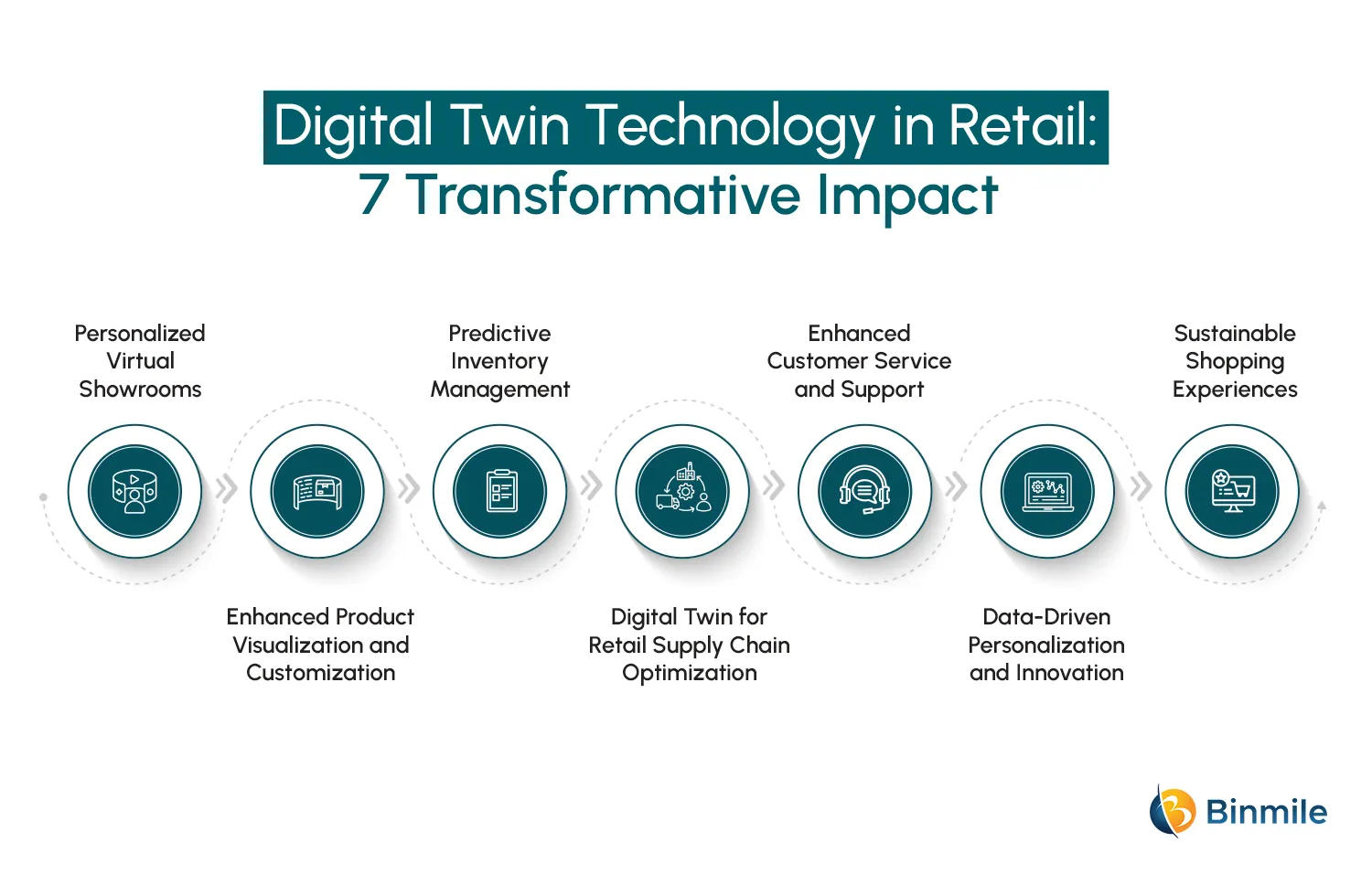
1. Personalized Virtual Showrooms
Digital twin technology in retail enables personalized virtual showrooms by creating accurate digital replicas of physical stores. This allows customers to explore products virtually, providing a tailored shopping experience from the comfort of their homes. Users get:
- Immersive and interactive shopping experiences
- Real-time customization of products
- Virtual showrooms reduce the need for physical store visits
- Enhanced customer engagement and satisfaction
2. Enhanced Product Visualization and Customization
Gone are the days of uncertain online purchases. From configuring a custom furniture piece to trying on virtual clothing, digital twin technology in retail bridges the gap between digital browsing and physical interaction. Due to its capabilities, customers can interact with hyper-realistic 3D models of products, allowing them to:
- Rotate items 360 degrees
- Zoom in on intricate details
- Customize products in real-time
- See how products might look in their own space or on their body
3. Predictive Inventory Management
Retailers can leverage digital twins to create sophisticated inventory prediction models. These digital replicas allow for complex scenario planning that goes far beyond traditional inventory management techniques. By simulating various scenarios and consumer behaviors, businesses can:
- Optimize stock levels with unprecedented accuracy
- Reduce waste and overproduction
- Forecast seasonal trends
- Create more sustainable supply chain strategies
4. Digital Twin for Retail Supply Chain Optimization
Digital twins in supply chain management can be used to model and simulate complex supply chains, identifying potential bottlenecks and disruptions. By gaining insights into the entire supply chain, retailers can optimize logistics, reduce lead times, and improve overall supply chain efficiency. This allows for:
- Real-time tracking of inventory
- Predictive maintenance of equipment
- Enhanced visibility reduces delays and disruptions
- Real-time monitoring and optimization of supply chain processes
5. Enhanced Customer Service and Support
Digital twins enable customer service representatives to have a comprehensive, real-time view of customer interactions, product history, and potential issues. Support teams can:
- Diagnose product problems more accurately
- Provide personalized troubleshooting
- Offer proactive maintenance recommendations
- Create more empathetic and effective support experiences
6. Data-Driven Personalization and Innovation
The rich data generated by digital twin interactions provides retailers with unprecedented insights into customer behavior, preferences, and emerging trends. This information can drive:
- More targeted marketing strategies
- Product design innovations
- Personalized shopping experiences
- Advanced customer segmentation
7. Sustainable Shopping Experiences
By reducing the need for physical visitation for product samples and minimizing return rates, virtual trials, and accurate representations help customers make informed decisions. This can ultimately help with:
- Reducing waste and transportation emissions
- Optimize energy usage in retail operations
- AI-driven insights improve product lifecycle management
- Sustainable practices boost brand reputation and customer loyalty
Revolutionize your retail strategy with digital twin solutions—collaborate with our software development experts to innovate your retail experience!

Integration of Digital Twin Technology in Retail: Introduction, Use Cases & How It Works
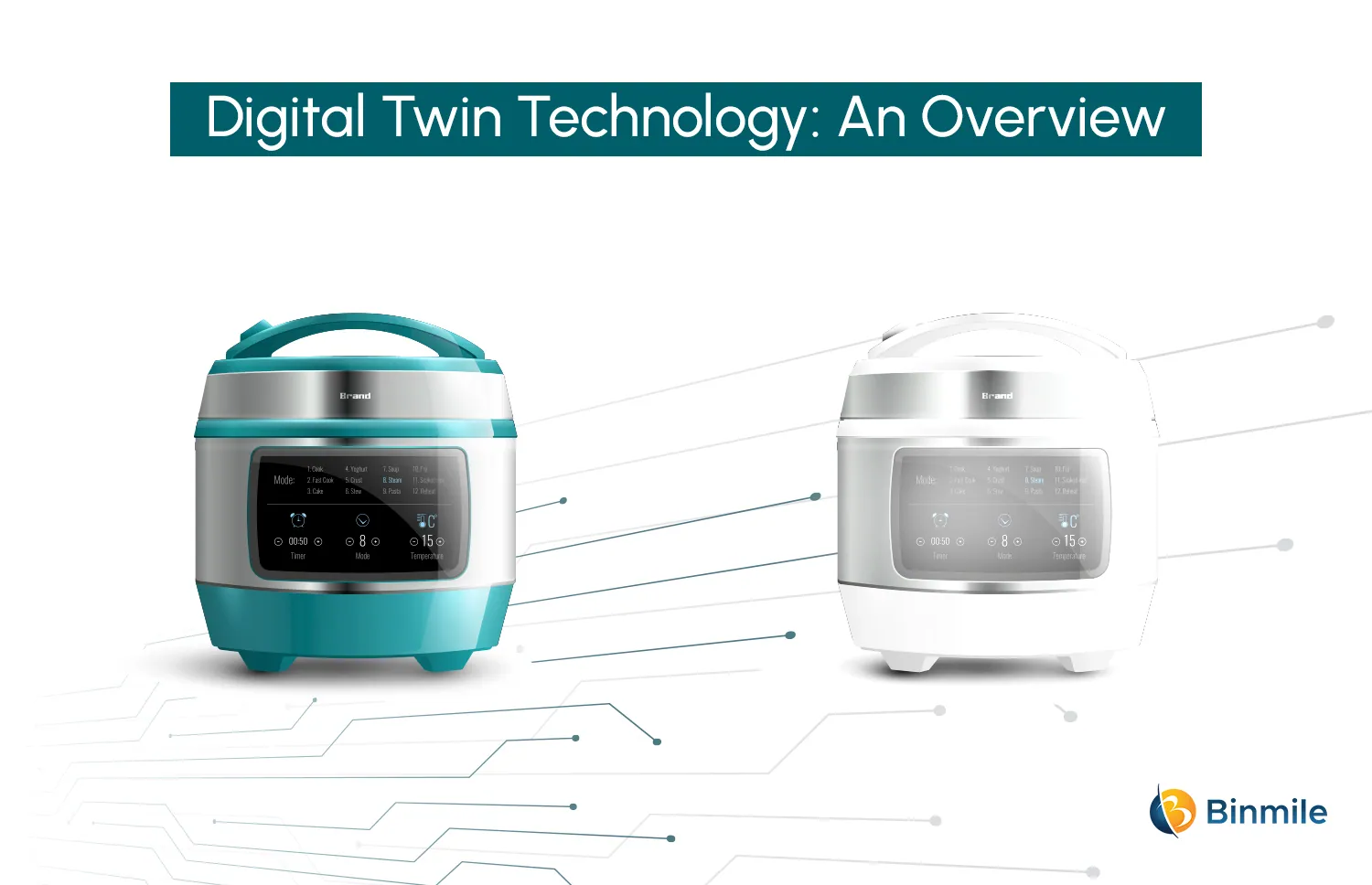
Digital Twin offers a virtual representation of a physical product, process, person, or even place. By leveraging different technologies such as simulation, AL, ML, and IoT, it replicates many real-world items and spans the object’s lifecycle.
How is digital twin technology different from simulations? According to IBM, “Simulations and digital twins both utilize digital models to replicate a system’s various processes; a digital twin is a virtual environment, which makes it considerably richer for study.” Therefore, what distinguishes a digital twin and a simulation is more about the scale, as, while a simulation studies a particular process. A digital twin, however, can run any number of useful simulations to study multiple processes in real time.
How Does a Digital Twin Technology Work?
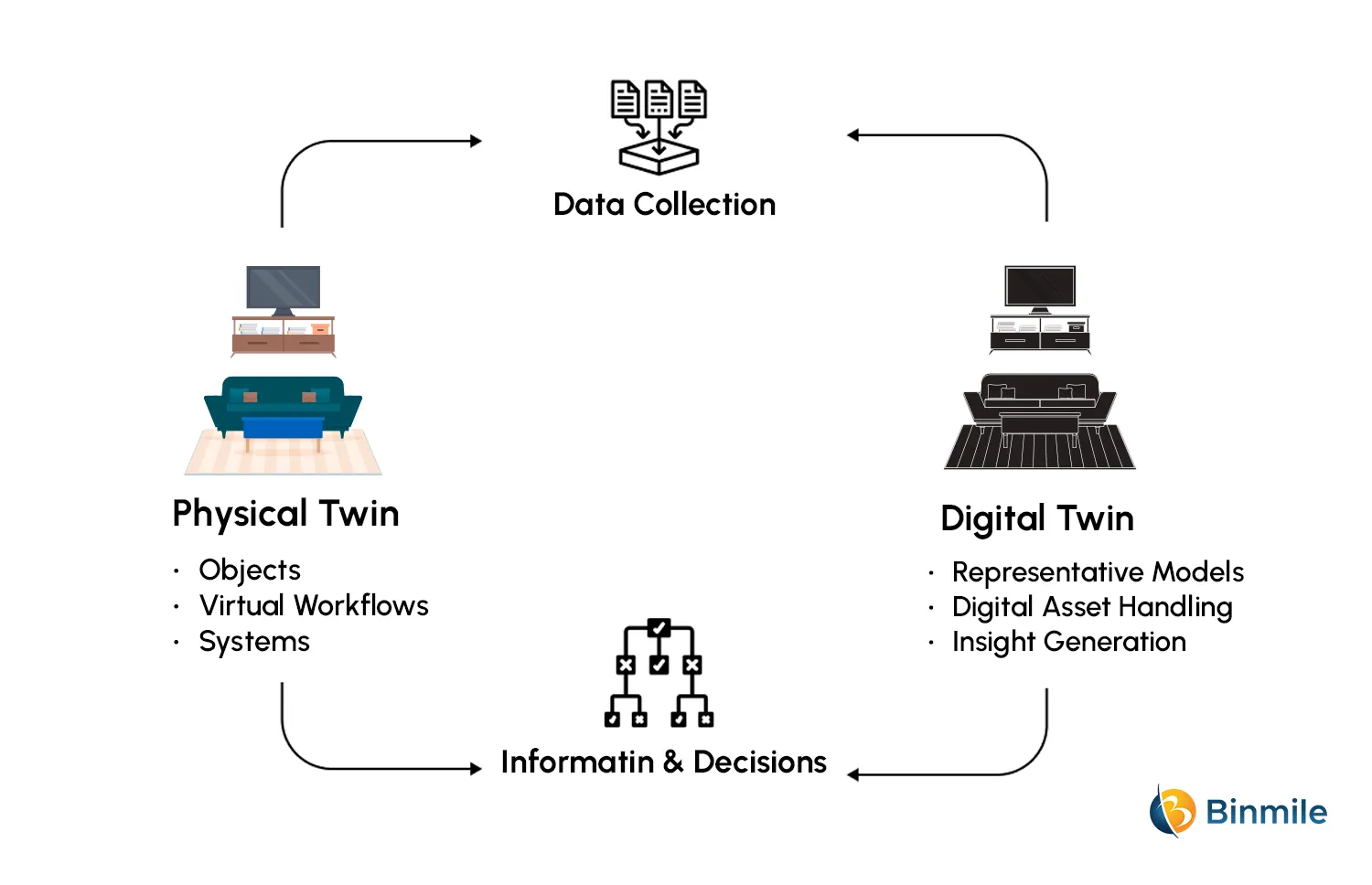
Every digital twin technology develops or simulates a mirror image of the physical asset placed virtually. Leveraging IoT technology such as smart sensors provides real-time data on the asset’s behavior, characteristics, capability, and operation, which is then fed to a software system to real-timely model it.
It’s this cycle of data flow that differentiates a digital twin from a simulation. Simulations are virtual models of various assets, even though they do not need constant discourse with the physical world to bring into being multiple readings and possible dynamics of the specific asset under concern in the process.
Therefore, the amount of data used in building and updating a digital twin is vast; it’s natural to utilize machine learning to filter, sort, and rank data. Deep learning is an AI type used in making algorithms and models that can complete tasks without repetitive directives from the user. It thus uses pattern analysis for future operations alongside making necessary inferences, and this is how digital twin works.
Digital Twin Technology at Work: Digital Twin Applications in Retail
If done right, digital twins are turning out to be a great enabler of bringing efficiency, sustainability, and enhancing customer experience for your retail businesses. But how are these companies doing it? Are there any digital twin applications in retail? There are. For instance, global brands like IKEA or Home Depot have been enabling real-time visualization of their products. So, using digital twin technology, these retailers are overlaying digital content on the user’s real-world environment so that the customers can use their smart devices, such as tablets, laptops, or mobile phones, to tailor items to their preferences and see how they will look in their own spaces, checking for fit, color match, and finish.
Moreover, beauty brands such as Sephora and L’Oréal are utilizing digital twins to create virtual try-on experiences for customers. They are using AR and digital twins to develop virtual representations of their products and let customers see how a particular lipstick, foundation, or other makeup item looks on them without physically trying it on.
Digital Twin Technology in Retail: Top Benefits
So, to answer how digital twins transform retail, retailers can use digital twins technology in retail, combining it with a huge number of sensors to collect data about customers, and their purchasing history, digital twins for retail store management, especially for energy management or in-store planning. Therefore, digital twins technology in retail offers a copy of an actual product on the internet that is being monitored, edited, and updated as the real physical product goes through different stages of its life cycle. This fusion of AI and IoT in the retail industry is offering opportunities such as:
- Refine operations to increase store efficiency
- Drive more productivity
- Creating a better, more personalized shopping experience for customers
- Automating various retail processes, such as tracking inventory levels or monitoring store activities in real time.
Additionally, leveraging advanced technologies such as AI, ML, and IoT, among others, digital twin technology can even identify and track patterns, predict future problems or scenarios, and thus help businesses recognize opportunities in ways that inform better planning and decision-making.
Ready to elevate your retail operations? Get custom software designed to optimize efficiency and boost customer engagement!
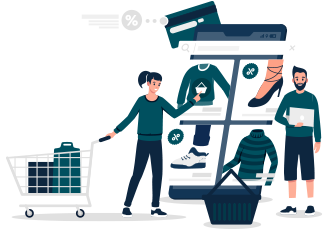
To Sum It Up
Undoubtedly, the applications for digital twins are far-reaching, changing the way we create, use, and optimize physical spaces and numerous processes. No doubt embracing innovation such as digital twin technology in retail and nurturing a digital mindset will benefit your business in multiple ways. Digital twins, therefore, are transforming the retail industry by improving efficiency, enhancing customer experiences, enhancing the supply chain, and driving sustainable growth. However, to fully realize the potential of advanced technologies such as digital twins, you must understand its challenges, opportunities, and use cases. Without the right technology adoption or implementation, you cannot cater to the customer touchpoints or effectively communicate regarding the product or services. This naturally leads to low sales numbers and unsatisfied buyers which subsequently damages the brand image.
Digital twins can help you achieve these objectives and as we have learned so far, digital twin technology is preparing companies for the future by aligning technology solutions within the ever-evolving marketplace and creating ideal shopping experiences. It’s also enabling accurate financial decision-making in less time as the digital twin technology absorbs, processes, and analyses data in real time. Therefore, to ensure you are well-placed for the rapidly evolving retail market and to future-proof your business, you need assistance from a custom retail software development company. The company’s development team can empower you to leverage digital twins for your business, the right way and offer powerful avenues for modernization and optimization!
Frequently Asked Questions
To implement a digital twin in a retail store, start by collecting real-time data from physical assets using IoT sensors, cameras, and POS systems. Then, create a virtual replica that mirrors the store’s operations—tracking customer behavior, inventory, and store layout. Use AI and analytics tools to simulate scenarios and optimize processes. Partnering with a digital twin solutions provider ensures seamless integration and scalability.
Digital twins can solve several retail challenges, including inventory mismanagement, inefficient store layouts, poor customer experiences, and supply chain disruptions. By creating a real-time virtual replica of a store or warehouse, retailers can optimize product placement, predict demand, reduce stockouts, and simulate customer behavior to improve overall efficiency and profitability.
The ROI of digital twin technology in retail is seen through increased operational efficiency, reduced costs, improved inventory management, enhanced customer experience, and higher sales. Retailers often see measurable returns by optimizing store layouts, predicting demand accurately, and minimizing stockouts or overstock. While the initial investment can be high, long-term benefits like data-driven decision-making and faster time-to-market significantly boost ROI.


